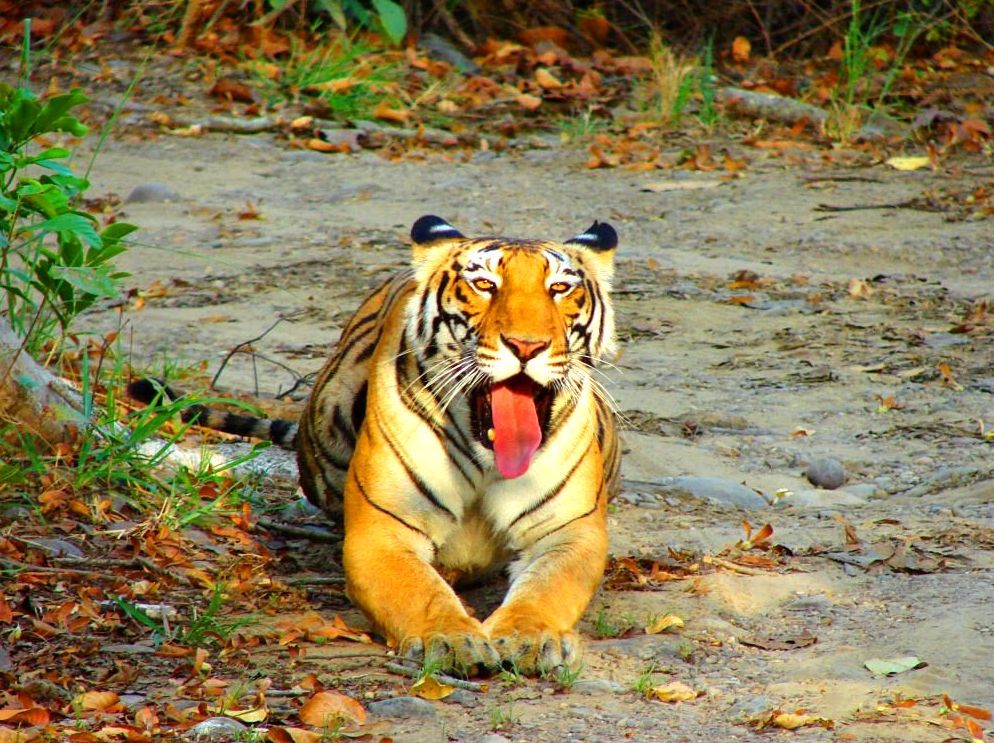The Sunderban National Park is situated on the mouth of two very prominent rivers, Ganga and Brahmaputra. The Sunderbans are blessed with the largest mangrove forests in the world and it is also considered to be most productive biologically, of all existing ecosystems created naturally. The world’s largest mangrove forest is also the home to the world’s largest population of tigers in the world. The tigers living here have adapted to an amphibious life and thus are able swim over long distances and feed on fish, crab and water lizards. Many people refer to the tigers of Sunderban National Park, as ‘man-eaters’ because of their frequent encounters with the native people.

This national park, which is located in south-eastern part of Calcutta, meets a complex network of interconnecting waterways. There is very little freshwater in these waterways as most of it is disconnected from the Ganges. This has happened primarily because of the gradual sinking of Bengal Basin and the constant tilting of the crust in the eastern direction since the 17th century. The Sunderbans cover about 10000 sq. kms of mangrove forest and water and is also the world’s largest delta that is formed from the deposits of the great rivers, Meghan, Ganges and the Brahmaputra. The tiger reserves’ waterways are maintained by the periodic tidal flow on Sagar Island. The average rise of these tides is about 2.15 m and the average fall is 5.68 m.
The national park owes its name to a unique species of trees found in abundance over here called, ‘heritiera fomes’, which are known as ‘Sundari’. The Sunderbans happen to be the sole habitat of many faunal species. However some of these varieties have been lost because of the recent reclamation of the transitional belt that was used as habitat for agricultural purposes. Another reason for drop in the quantities of these varieties is the rise in salinity because of the of the irrigation schemes in the Ganges. Apart from tigers other animals popularly found over here include turtles, the Ganges dolphin and the finless porpoise. It is also a habitat for many different kinds of reptiles

